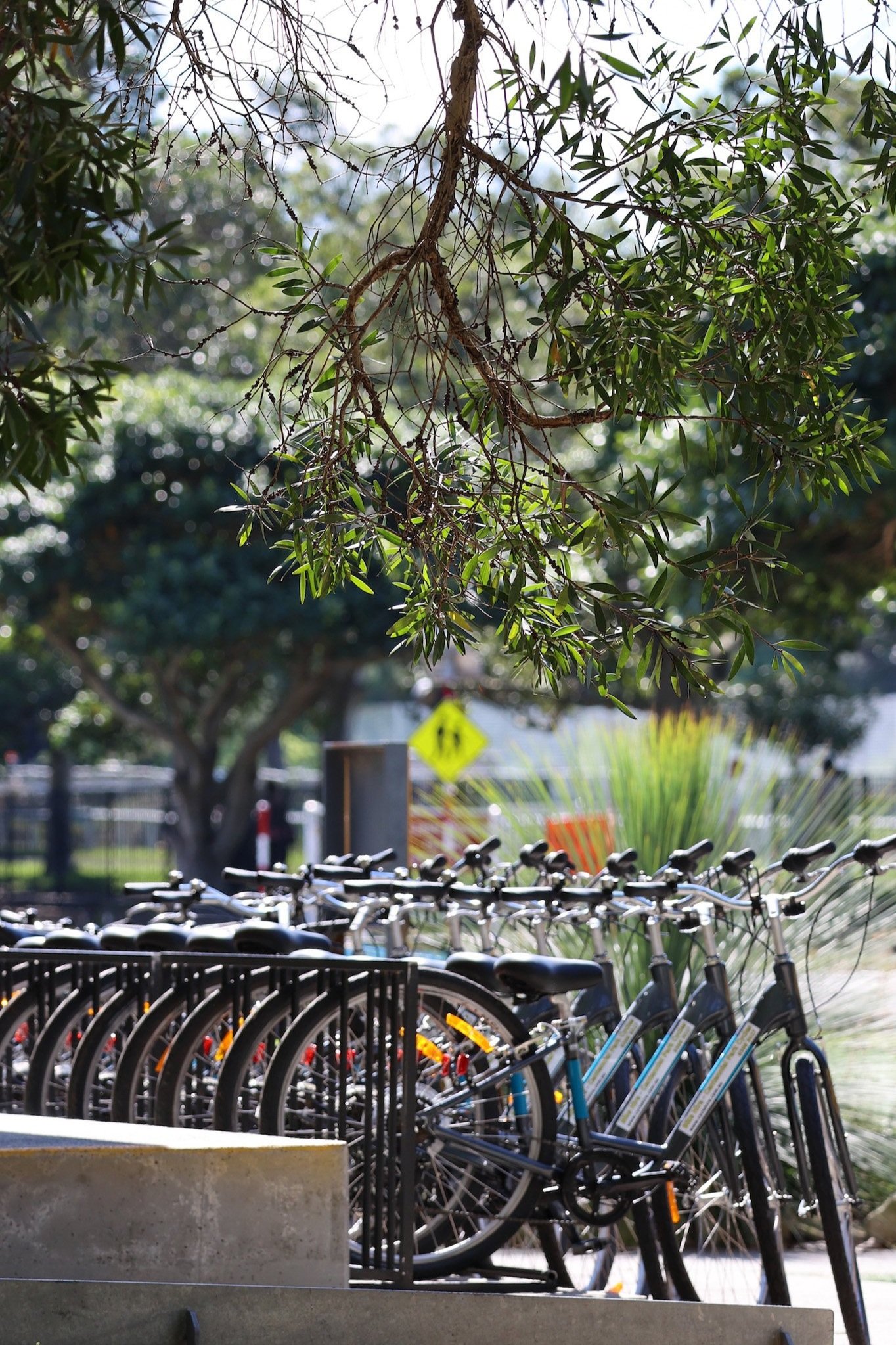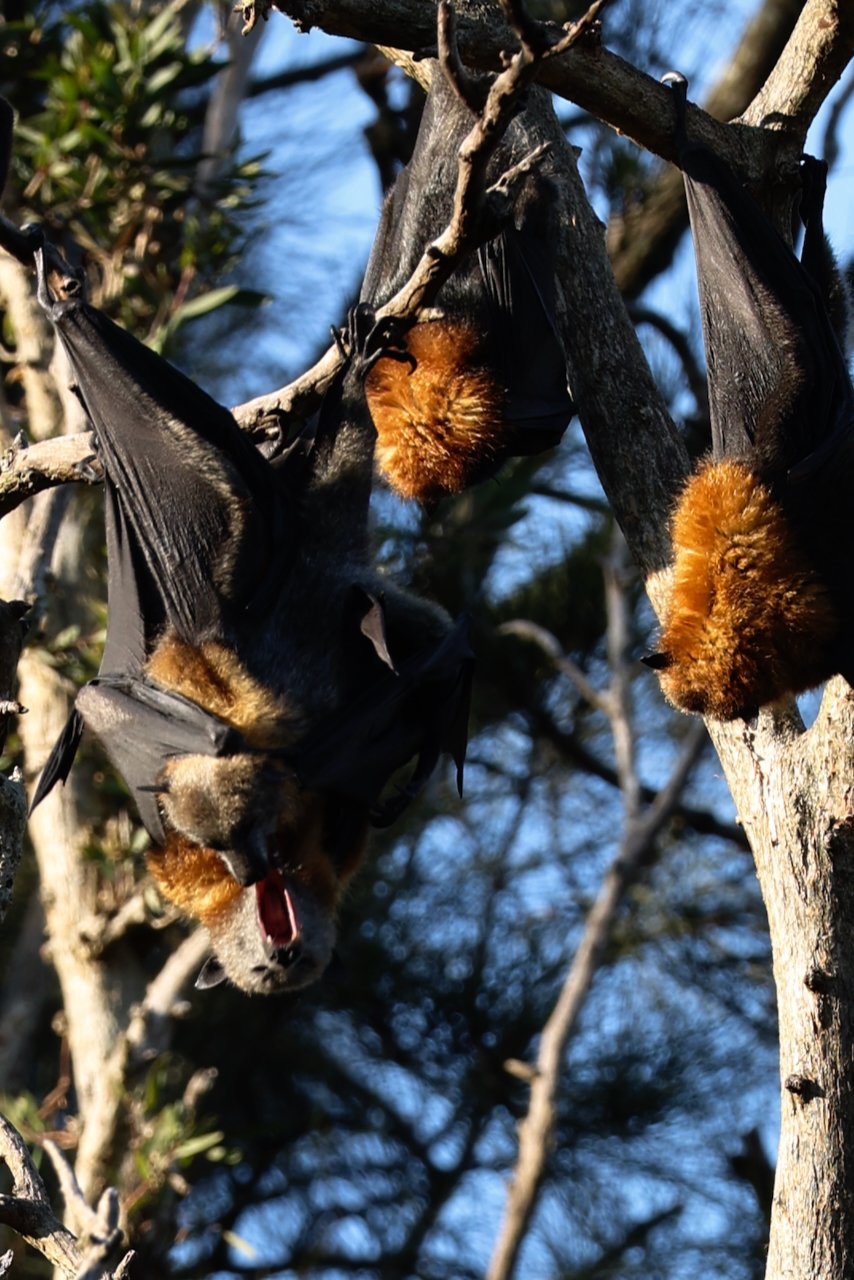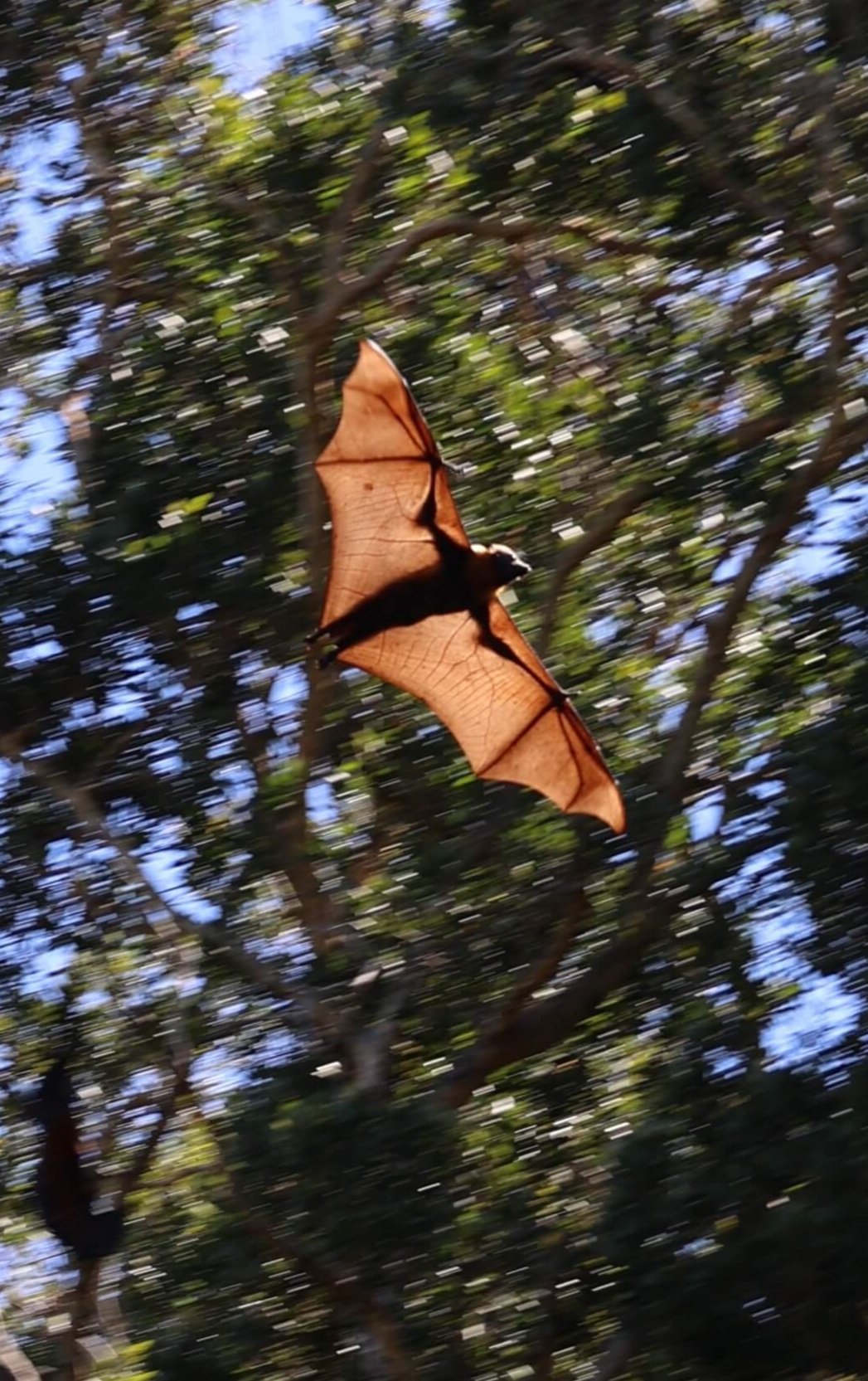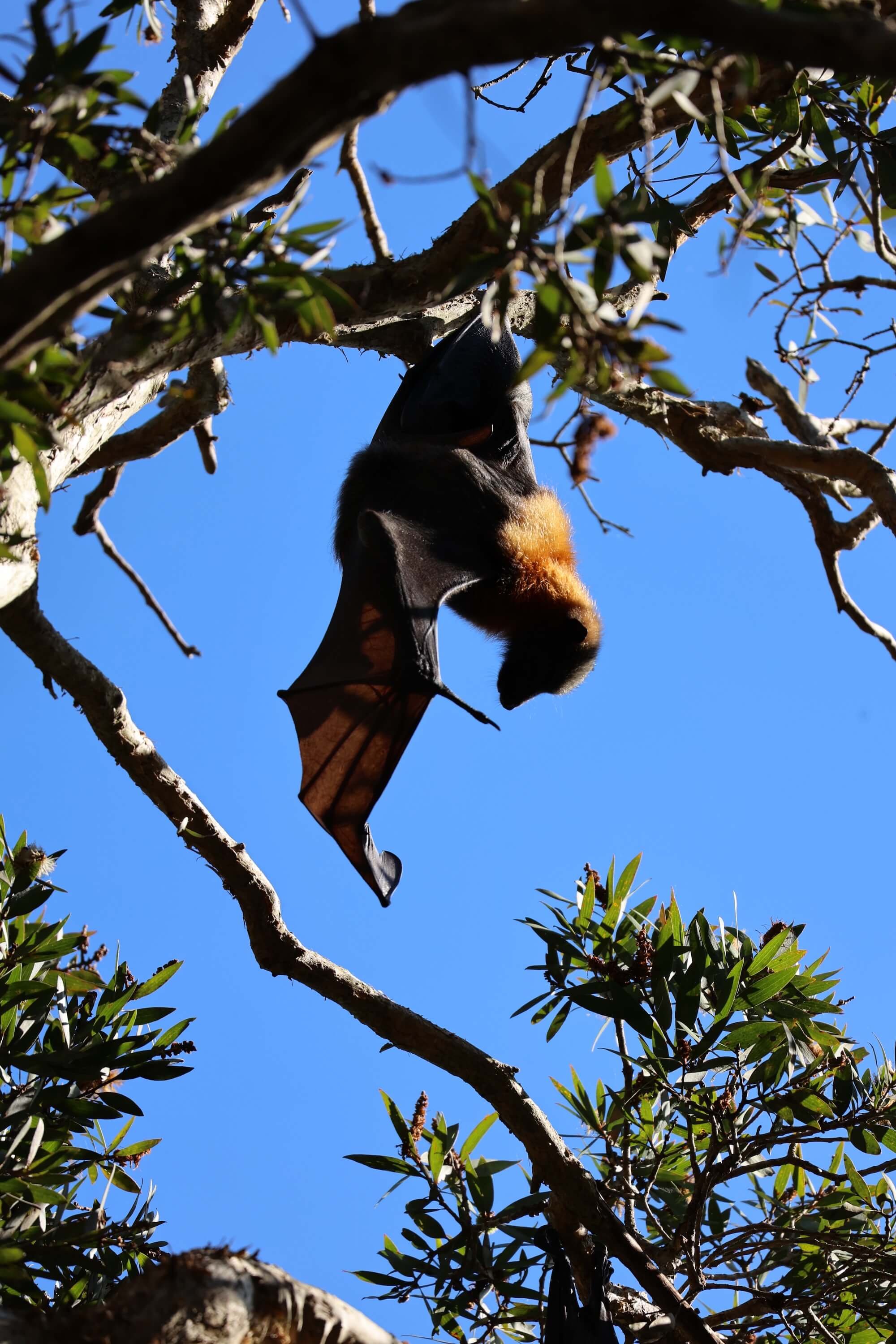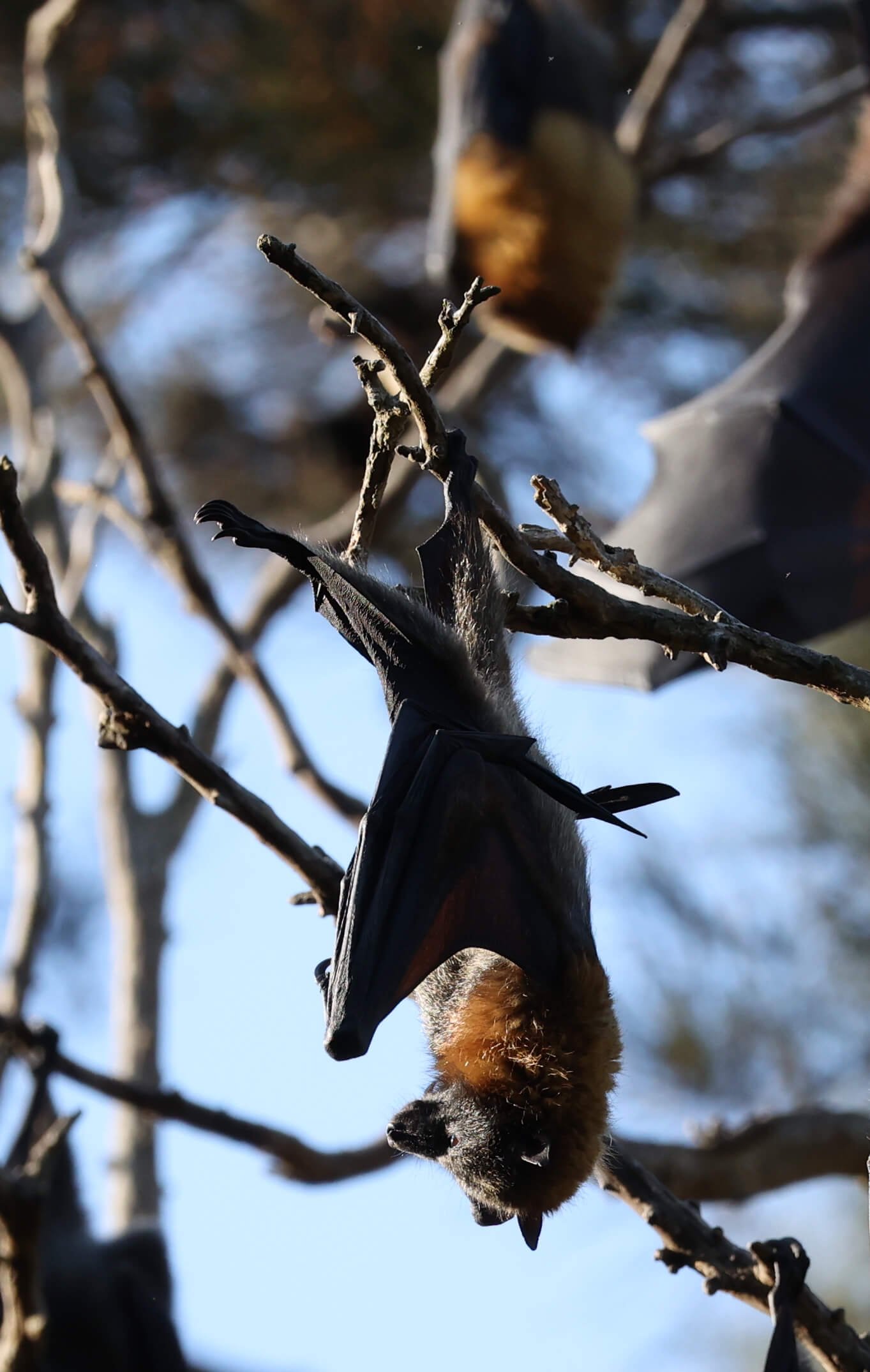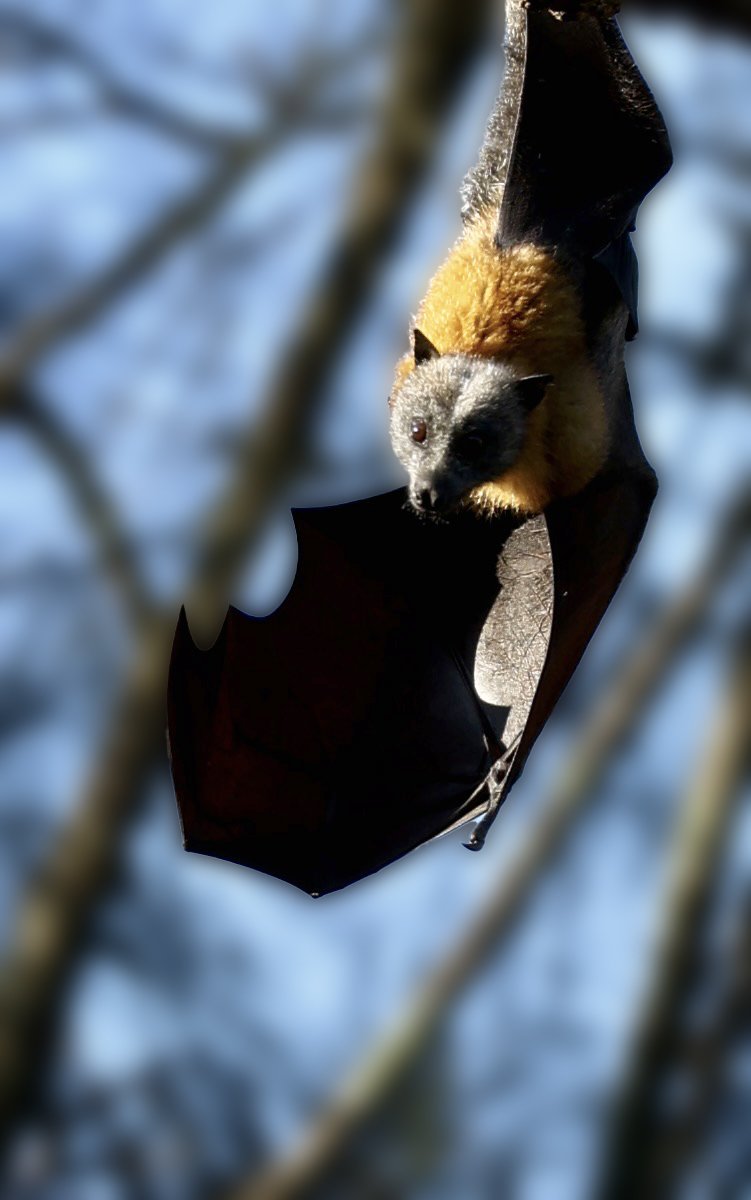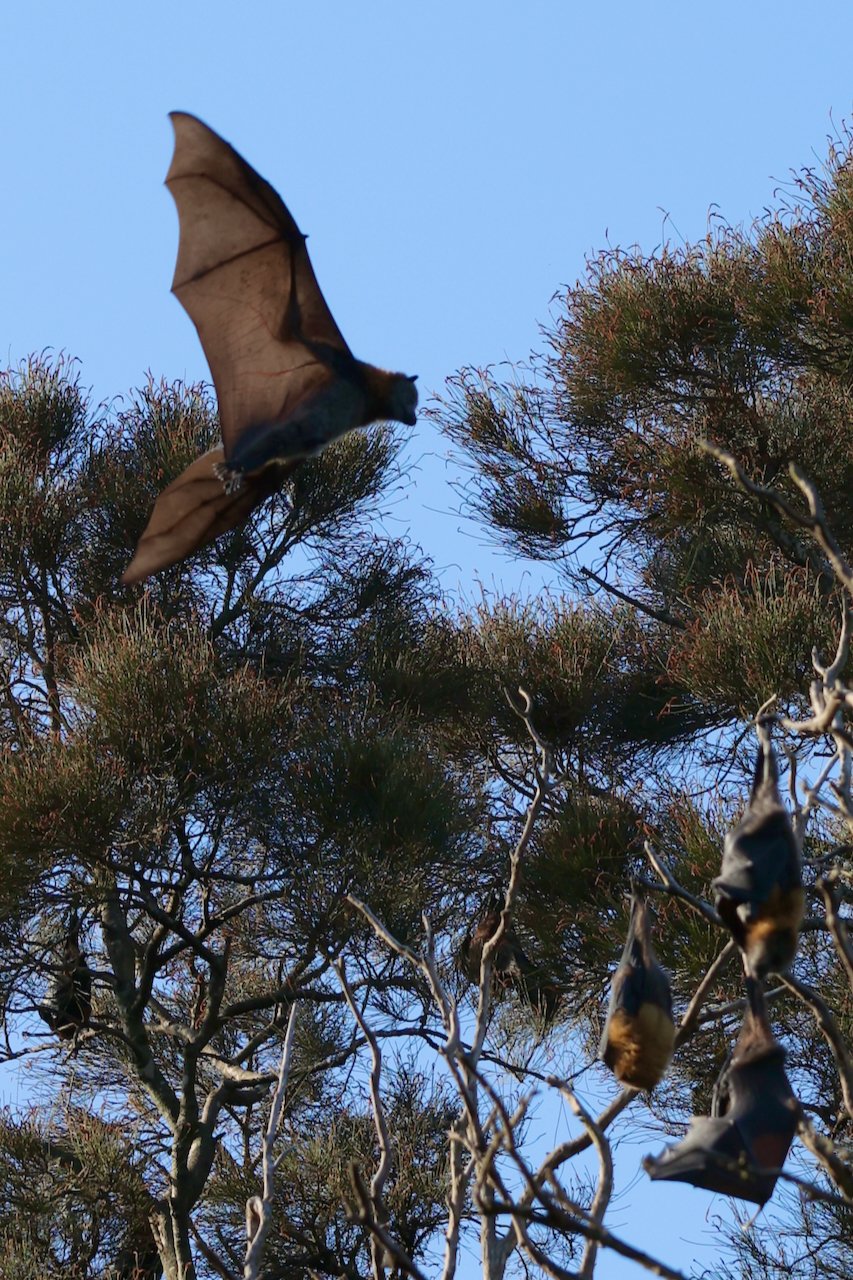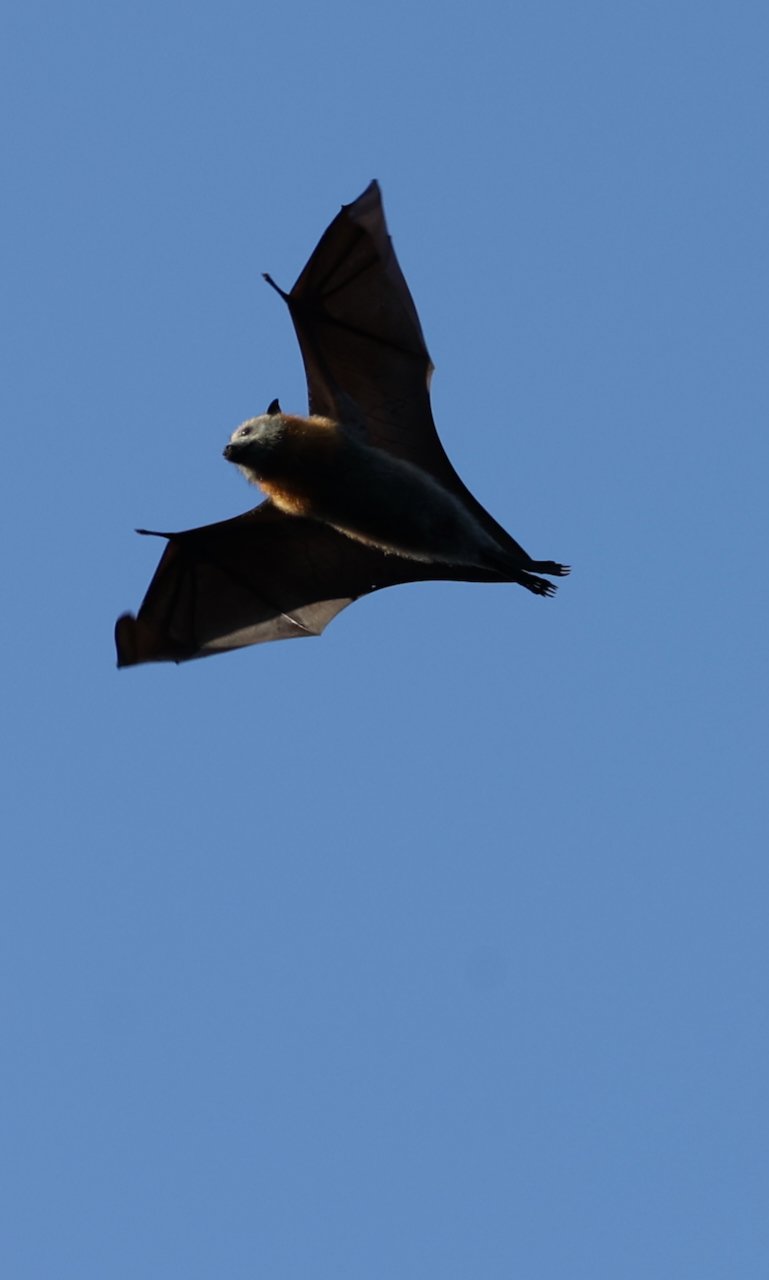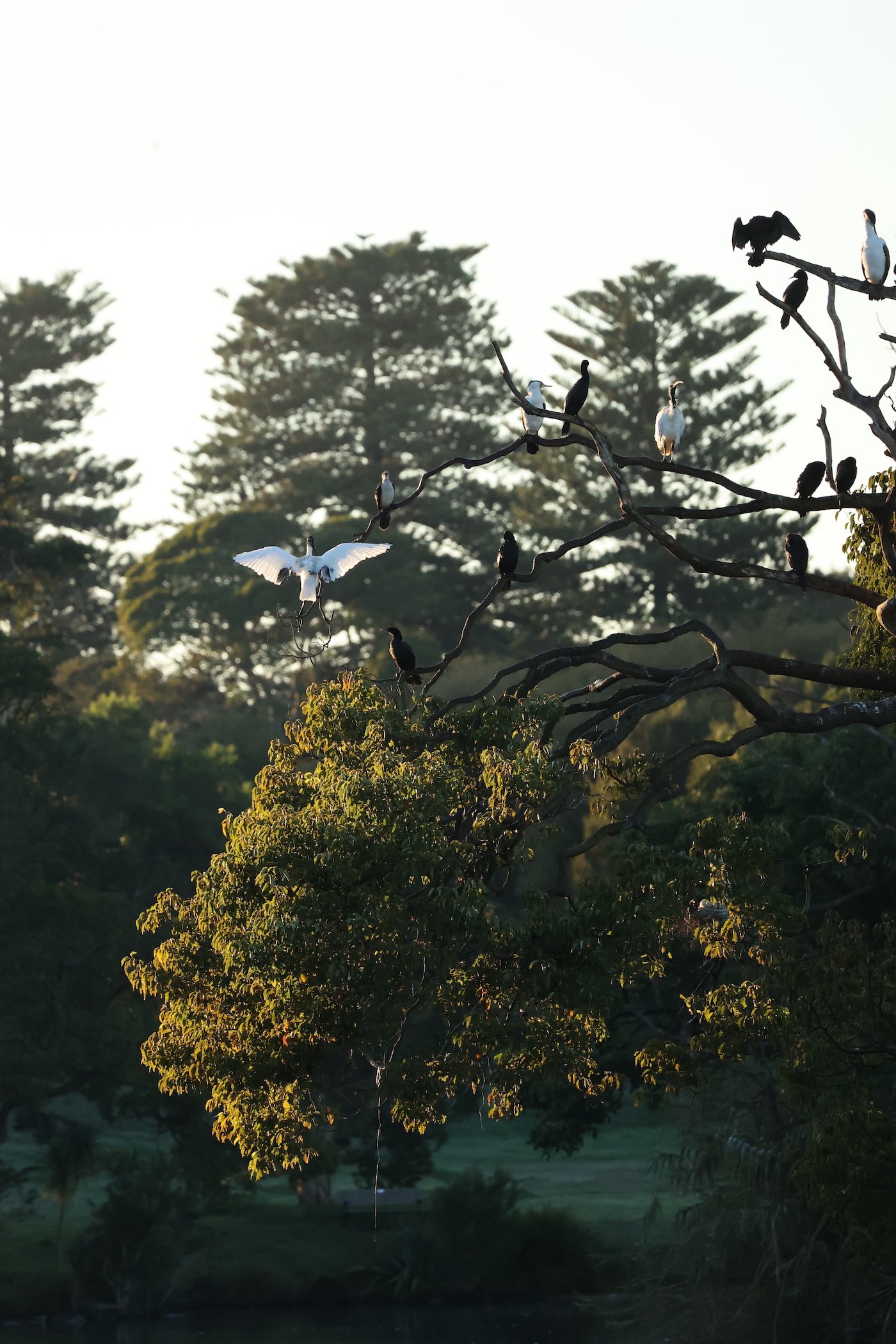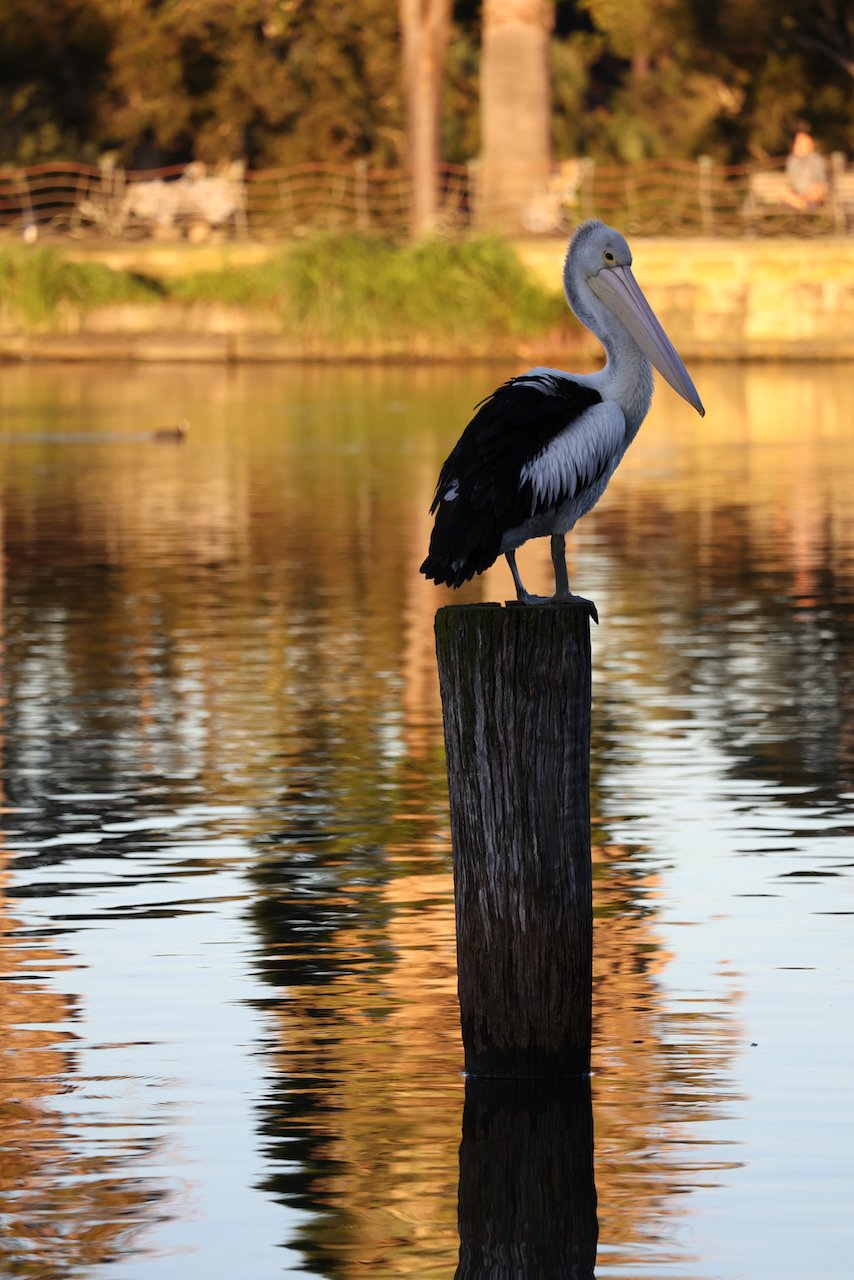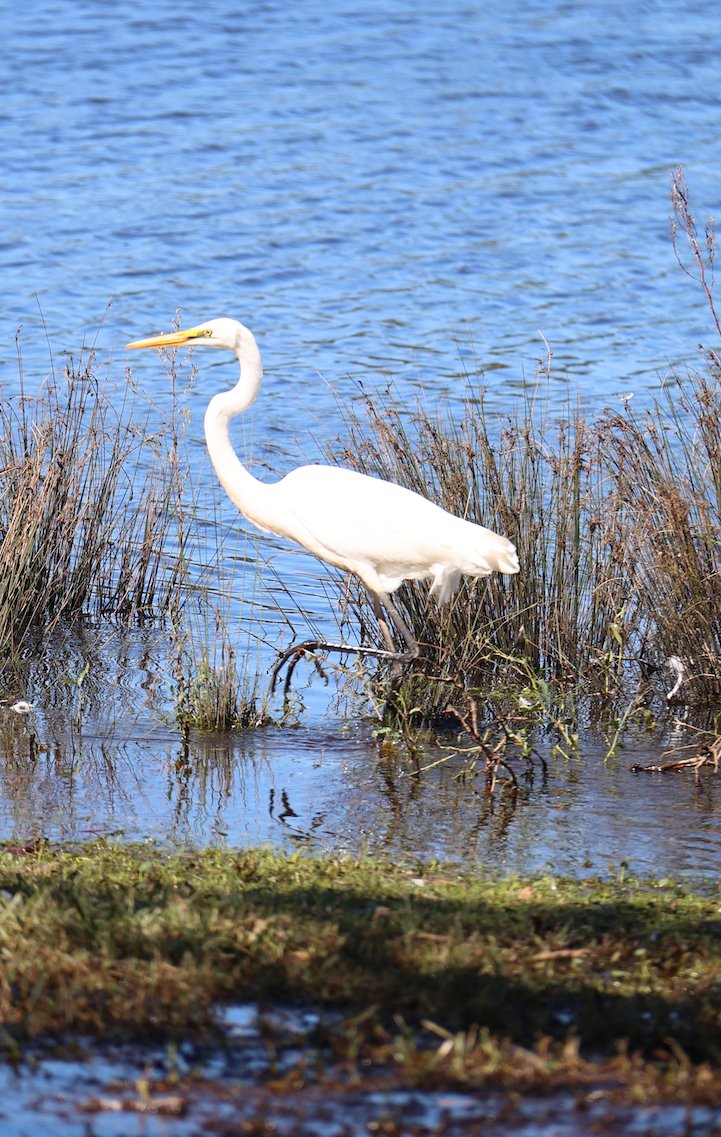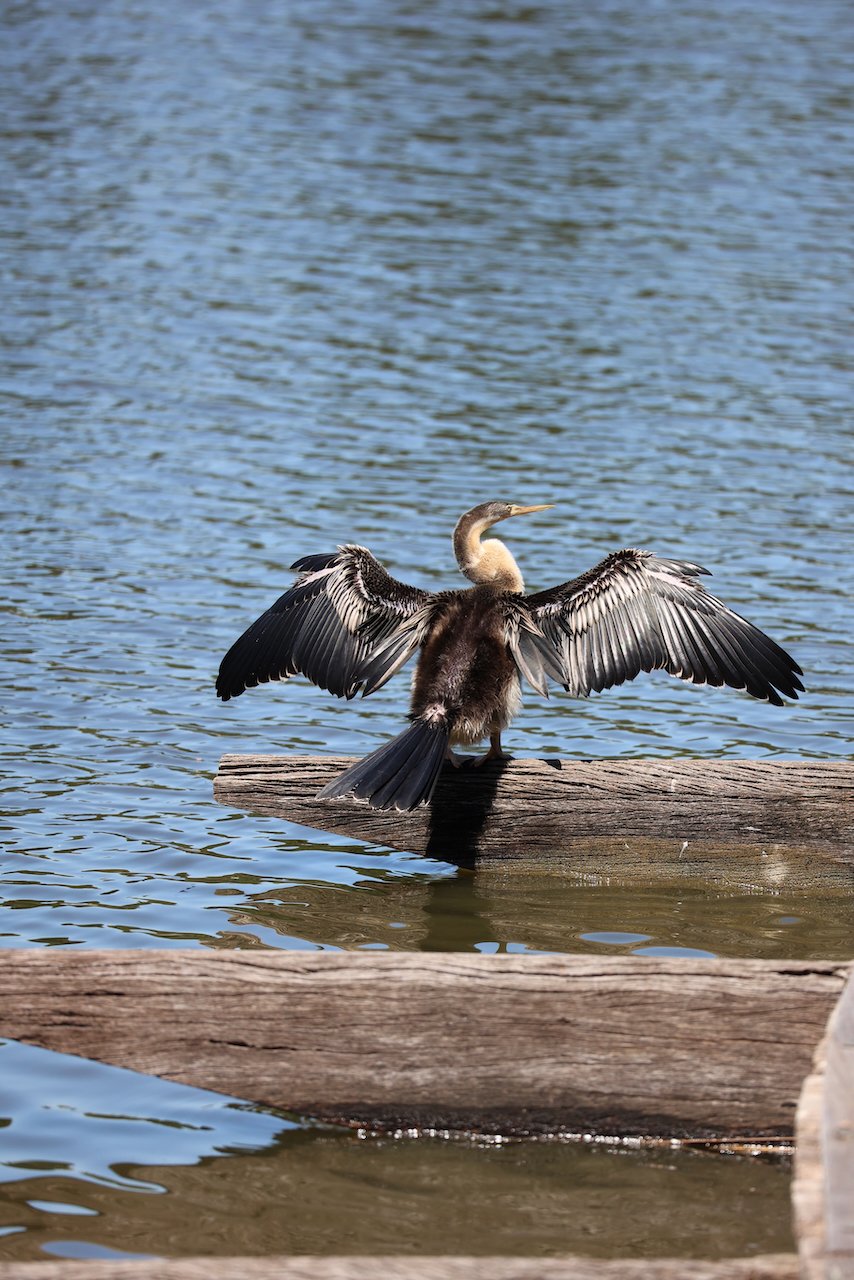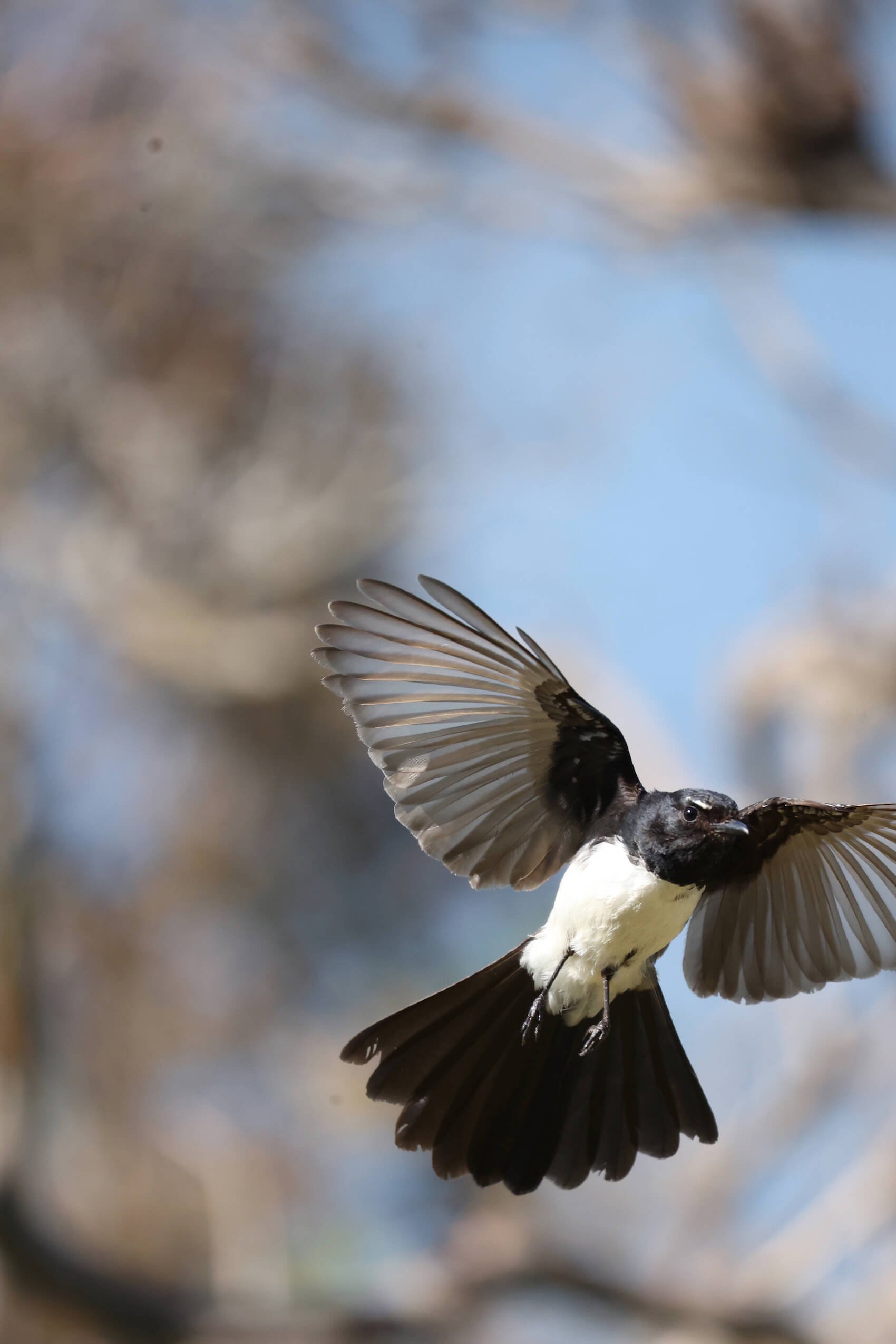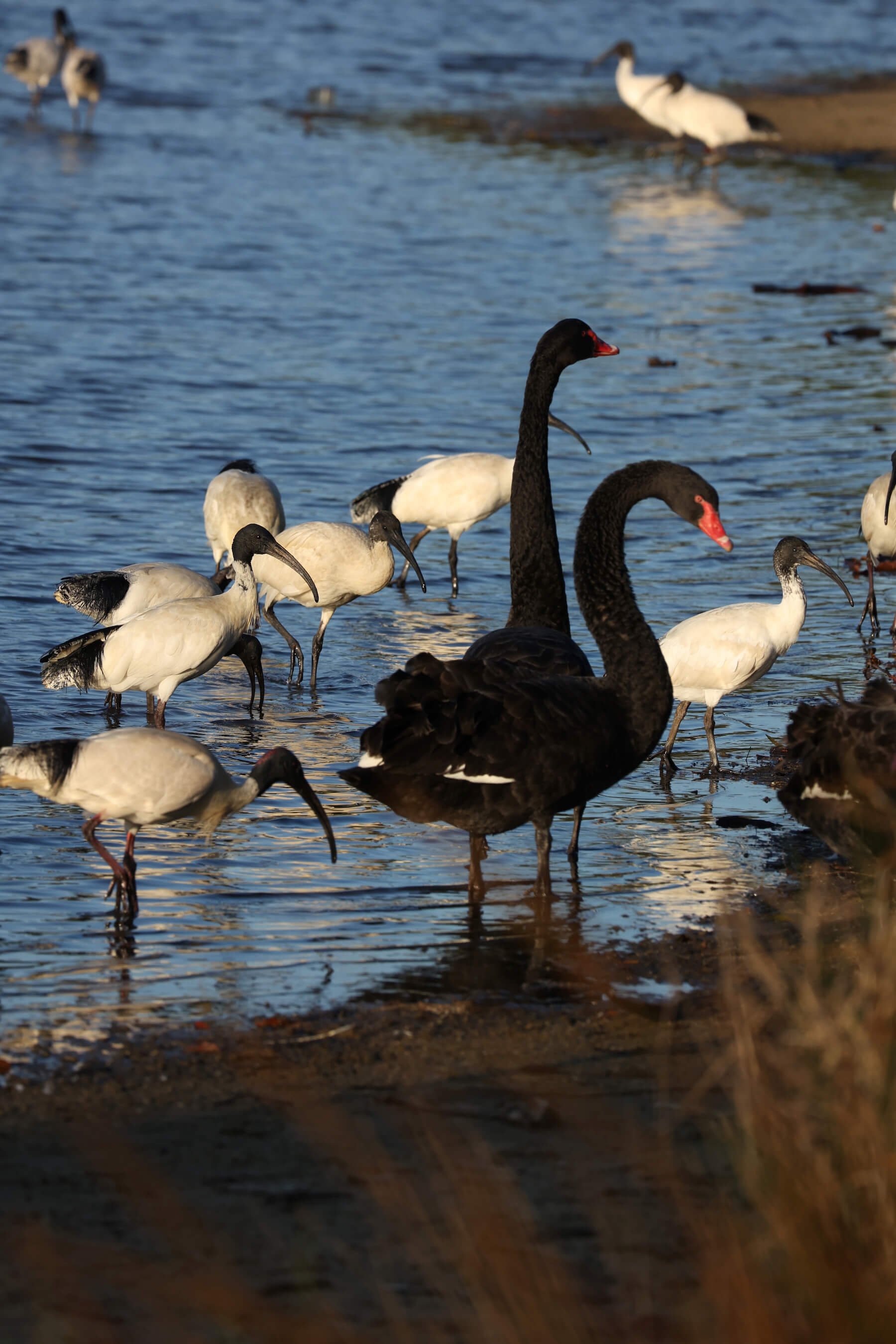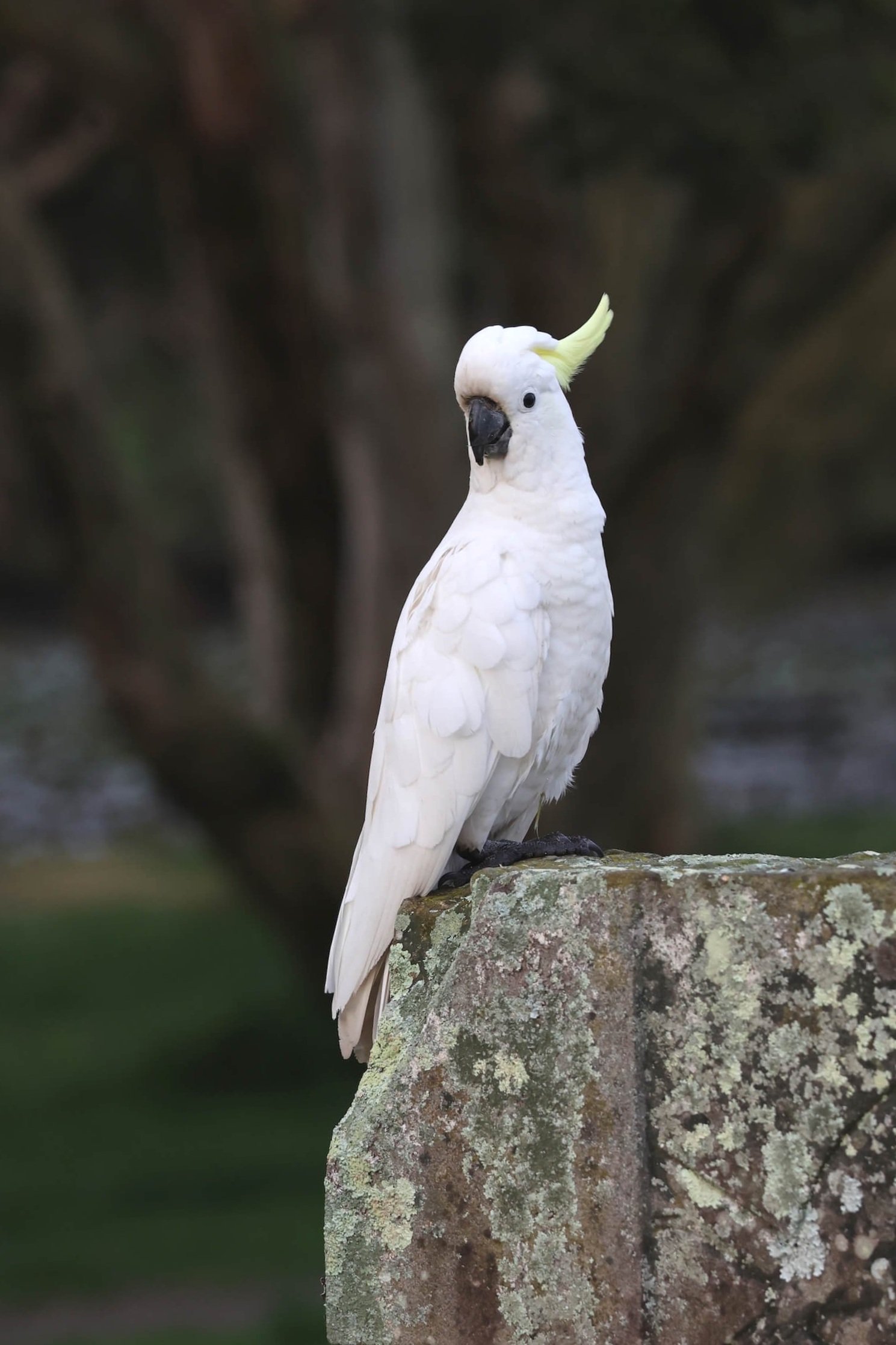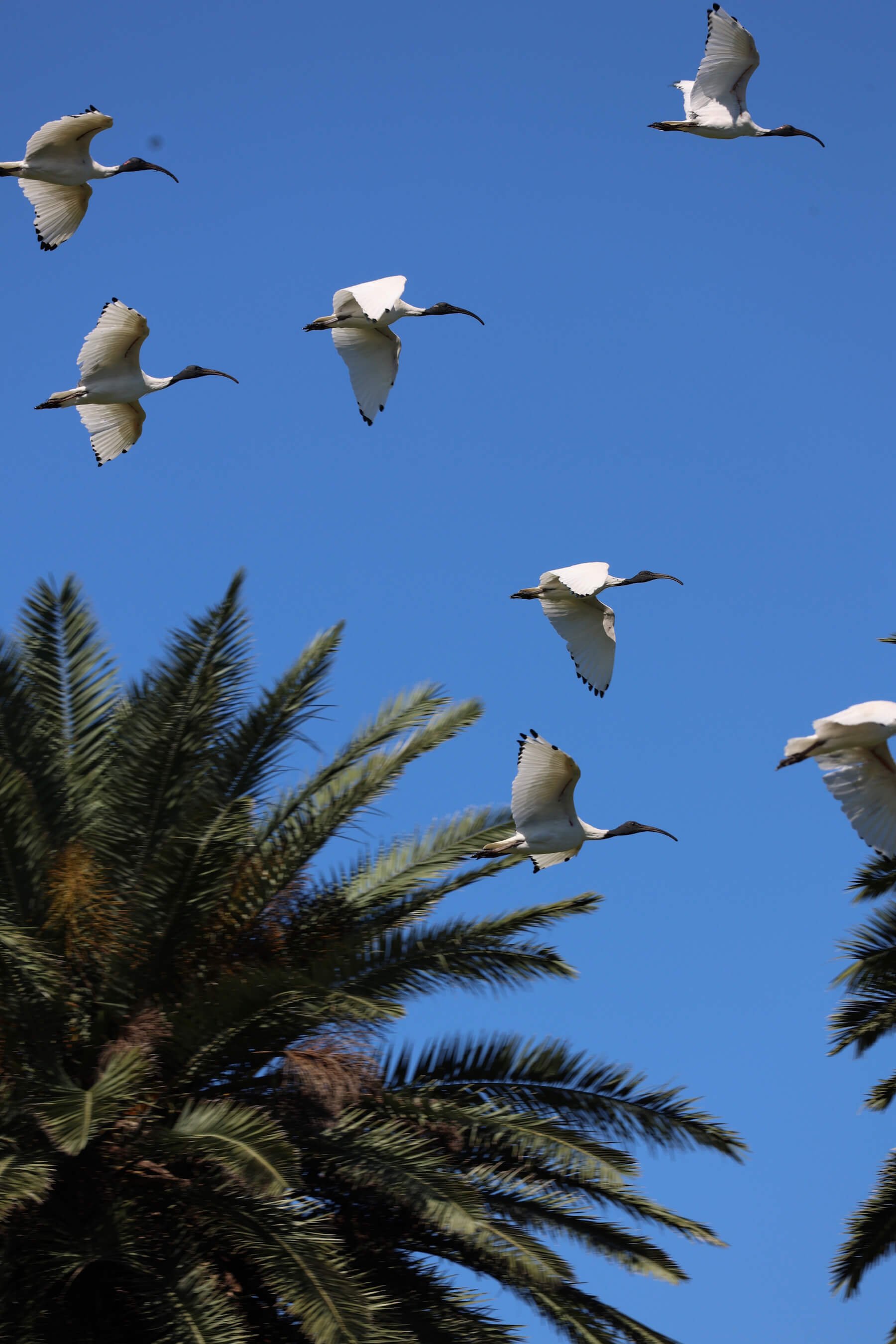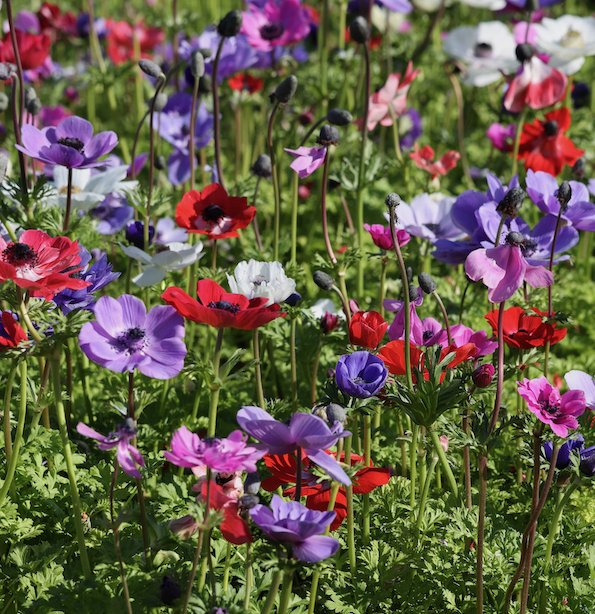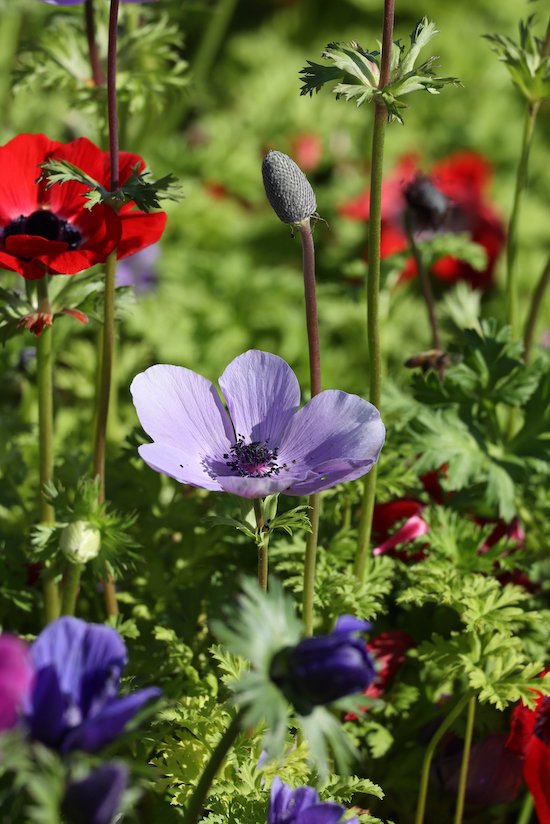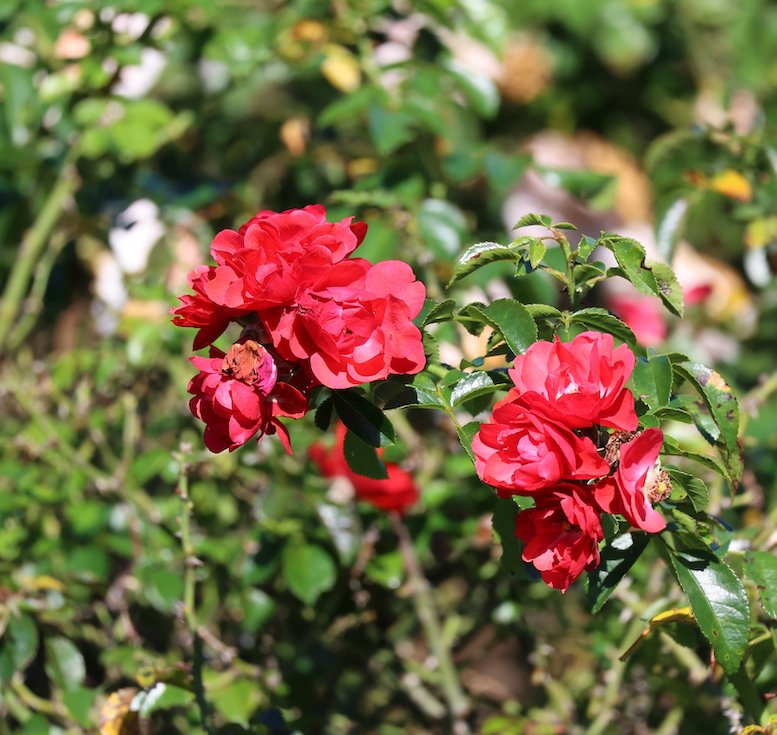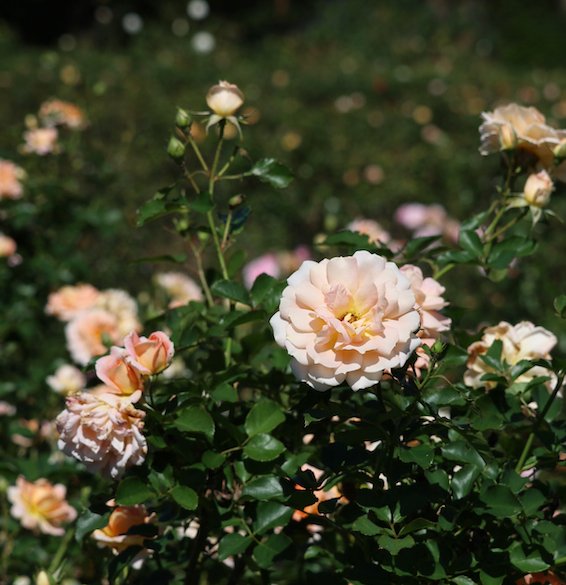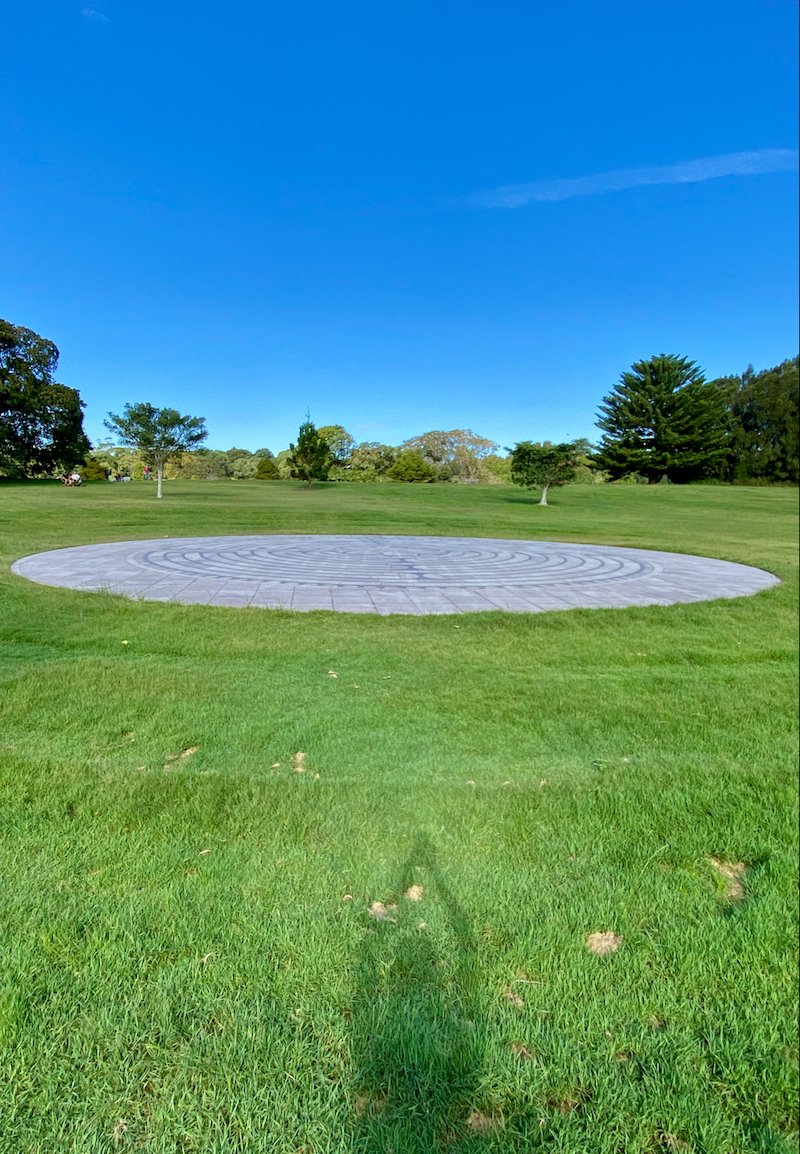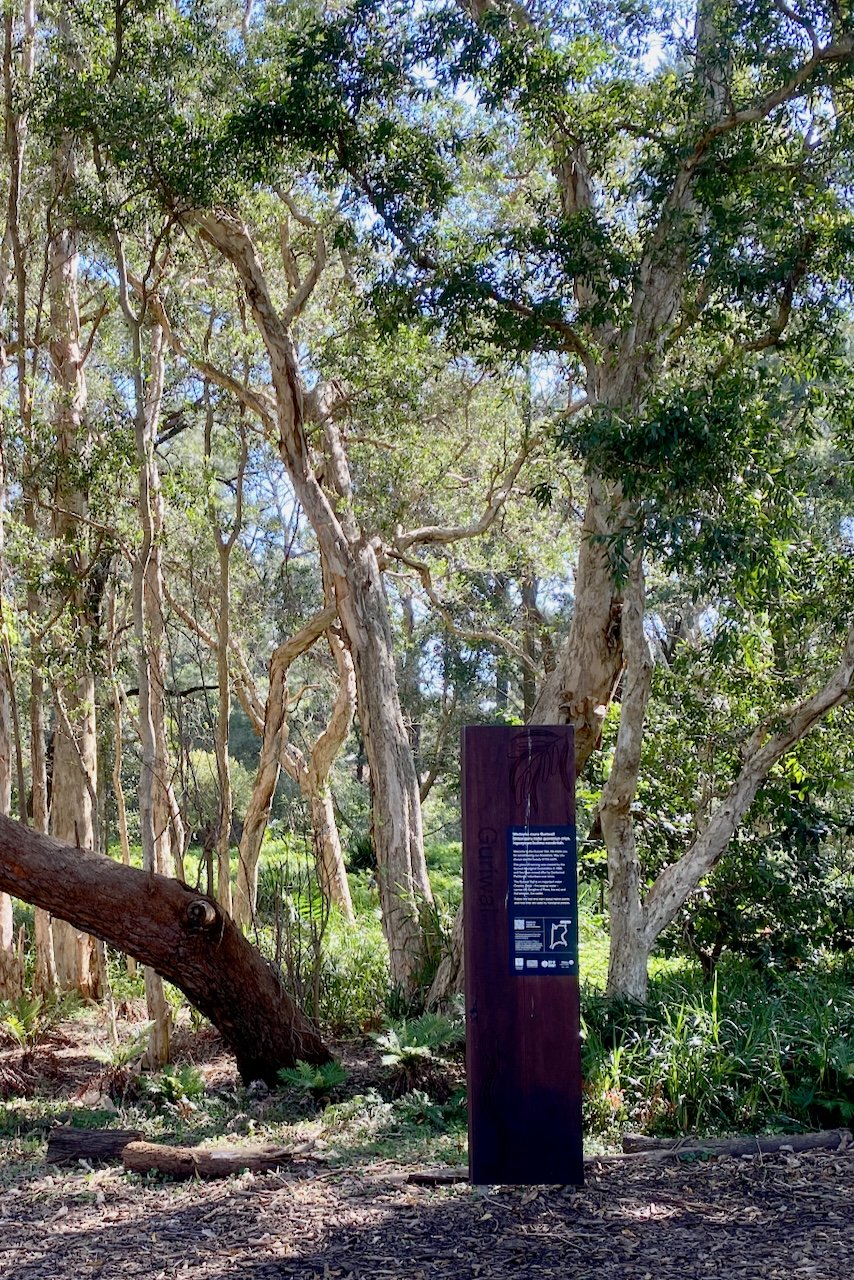Centennial Park Highlights
Centennial Park sits in Sydney’s city centre and it draws a crowd every day of the year.
From dawn to dusk you’ll find people running, riding, picnicking and playing here. The site occupies 189 hectares of open space including gardens, wetlands, playing fields and pedestrian paths.
Ten things to see & do in
Centennial Park
The park’s attractions and offerings are many. This list could be longer, especially when you take in the greater Centennial Parklands area which includes Queen’s Park, Moore Park and the ‘Entertainment Precinct’.
But as a start, here are 10 things to see and do within the gates of Centennial Park.
1/Take a walk
You can walk around Centennial Park or you can walk in Centennial Park. They are two quite different experiences.
To get a sense of the size of the park, take the loop walk around its perimeter on the dedicated walking path. You won’t be alone. It’s a very popular route not only for walkers, but for runners, dog walkers and pram pushers too.
The loop walk is not a long one but you can extend it by adding a loop around Queen’s Park.
Or go off track.
There’s so much to see at the park that you’ll likely find yourself wandering off the path to explore areas of the inner circle. There are lots of grassy areas to meander through and something new to discover each time you do.
As you stroll, bear in mind that the parklands used to be a swamp and some areas return to their natural state after heavy rains. In other words, leave the white sandshoes at home.
2/ Go for a ride
The park has both shared and dedicated cycle paths which are very popular with cyclists of all levels. There is even a learners path for practice before you take to the circuit.
You can bring your own bike or hire one in the park.
Centennial Park Cycles hires out mountain bikes, road bikes, bikes for kids and hybrid bikes. They also have pedal cars for something different. They’re open seven days from 8am - 5pm and are located in Fearnley Grounds on Grand Drive, next to The Greenhouse Cafe.
For a very different experience, you can take a ride around the park on horseback or book a pony ride for the little ones.
Centennial Parklands Equestrian Centre is across the road in Moore Park. At capacity, the Centre accommodates almost 200 horses. Some of these are privately owned but many belong to the riding schools that operate form here and you can book in for a ride with one of them.
3/See the bats
Centennial park is home to a Sydney’s largest colony of Grey-headed flying foxes (megabats) and a smaller group of rarely seen microbats.
The flying foxes are vocal and visible and can be found roosting within Lachlan Swamp where they’ve camped since their arrival in the park in 2010 .
They live mostly in the paperbarks and can be seen flying between the trees in broad daylight. The boardwalk through the swamp offers a good vantage point from which to view the bats. This was closed off on my last visit but hopefully will reopen soon.
Grey-headed flying foxes are unique to Australia and are currently listed as vulnerable to extinction. Their numbers in the park vary depending on food sources available, but over 40,000 of them have been observed at any one time, (with a few black flying foxes among them).
If you like bats (and they are pretty cute), you can volunteer to join in the Park’s bat surveys which take place four times a year. The surveys help to monitor numbers in the park and contribute to the National Flying-fox Monitoring Program.
4/Watch the birds
Centennial Park is well known to bird lovers in Sydney. And to children who like to throw bread at ducks.
The park’s varied landscape and its diverse range of plants invite a wide range of species. At last count, over 150 different bird species have been identified here.
The most common and most visible of all the birs can be found in the Duck Pond and Busby’s Pond, with swans, ibis, cormorants, ducks, pelicans and geese among them. Herons and egrets are regular visitors to the ponds too as are turtles and giant carp.
At the edge of the ponds and in the gardens you might see tiny wrens and swallows and in the trees, cockatoos, corellas and kingfishers. If you’re lucky you might spot one of the visiting falcons or eagles, or one of the resident Powerful Owls.
A full list of the birds identified in Centennial park can be found here and the best places to spot them, here.
5/ Play
There are a few playgrounds within the gates Centennial Park and another one at Queens Park.
The pick of these would have to be the Ian Potter Children’s WILD PLAY Garden. More a nature play space than a traditional playground the WILD PLAY garden “encourages children to run, jump, play, learn and discover the wild side of life. WILD PLAY allows children to get lost in the wonder of nature with dry creek beds, an artesian water play area, a bamboo forest, banksia tunnels, turtle mounds and Centennial Park’s first treehouse.”
The Ian Potter Children’s WILD PLAY Garden is open 10.00 am - 5.00 pm daily (closed during August).
Three other, more traditional playgrounds are scattered throughout the park
The Paddington Playground, is close to the main Oxford St entrance and features an accessible swing for children with special needs. This playground is designed for children aged 1-12. There is seating and bbq facilities nearby.
The Learners Cycleway playground is located in the Fearnley Grounds picnic area near the bike hire shop and the Greenhouse Cafe. The bike path is child friendly and there are toilets and picnic tables close to the payground.
The recently upgraded Banksia Way Playground can be found near the Centennial Homestead. It is designed for 0-5 year olds. Coffee, food and toilets are available at the nearby cafe.
And then there’s all the sports that you can play at the park; thirty-five in total, structured and social. To find out more or to hire a court or field see the park’s Sports page.
6/ Grab a bite or bring your own
Centennial Park is the ideal place for a picnic. Lay it out on the lush grass or grab one of the many picnic table scattered throughout the park.
For large groups or special occasions it might be best to book one of the 11 bookable picnic sites.
Not equipped for a picnic? No problem. There are three food venues in the park catering to all tastes.
The Centennial Homestead operates as a restaurant, cafe and take away kiosk. The Wisteria Room and Garden can be booked for weddings and special occasions. The Kitchen does breakfast and lunch and The Pantry offers takeaway.
The Greenhouse in the Fearnley Grounds is a casual cafe with a good range of lunch time meals, sandwiches and snacks. I recommend the cauliflower wrap, its delicious. The coffee is good too.
The Spruce Goose Diner is a takeaway cafe on wheels, located across from the Duck Pond. Open from 6.30 am - 4.00 pm daily, it’s very popular with the cycling set.
7/ Smell the flowers, hug the trees
Centennial Park is said to be the ‘green lungs’ of Sydney. Might have something to do with the 15,000 odd trees that live there. Most are native but there are many exotic species too.
Some of the most significant or more commonly occurring trees and plants in the park are listed here.
Find your favourite. Mine are the paperbarks in Lachlan Swamp. So very expressive and photogenic. Though perhaps not the best ones to sit beneath.
Among the many trees, shrubs and grasses in the park are flowering natives like the Coastal Banksia, Kangaroo Paw, and Willow Myrtle.
In the Rose Garden, Frog Hollow and Column Garden you’ll find more formal flower displays, especially colourful in springtime.
8/ Relax & Meditate
There are plenty of places to relax in Centennial Park and many opportunities for mindful meditation in the natural surrounds. And then there’s the Labyrinth.
The Labyrinth is a circular pathway made up of over 1,500 precision-cut stone pieces. It is designed for meditation and quiet contemplation. .
The Labyrinth opened in September 2014. Its design is based on that of the medieval labyrinth in Chartres Cathedral in France.
The health benefits of meditation are well documented, and walking the labyrinth is said to ‘activate the intuitive, imaginative and creative side of your brain’. If you’re not convinced, or you’re not sure where to begin, check out the park’s guide on how to walk the labyrinth.
The Labyrinth is located adjacent to the northern end of Willow Pond (off Dickens Drive)
9/ Take in the history
Centennial Park first opened in 1888, a century after Captain Philip and the First Feet arrived to establish a colony in New South Wales. It has a rich history, from its origins as home to the Gadigal people, to its focal role in the signing of the Federation of Australia.
Much of the area on which the park now sits was swampland and it was a huge undertaking to turn it into what Sir Henry Parkes envisioned as the 'People's Park'.
A great way to learn about the past of this place is to take the History Walking Tour with accompanying audio. The tour takes you on a loop of the park detailing significant events, plants and people in its past and giving context to some of the statues and structures.
10/ Learn about the land
Want to know more about this beautiful park and its flora and fauna? Take yourself on a guided tour, real or virtual.
The Guriwal Bush Tucker Tour is a self-guided walk on the edge of the Fearnley Grounds. The trail was created to connect visitors with native plants and animals in the area and to illustrate their importance to ancient and continuing Aboriginal culture.
The Swamp Safari introduces visitors to the trees and the creatures of the Lachlan Swamp, while the Tree Trail is a downloadable map and activity sheet featuring 12 significant trees in the park. Both are great for families.
Other tours and walks can be found here.
For children, the park runs a Nature Play program and schedules regular school holiday activities.



